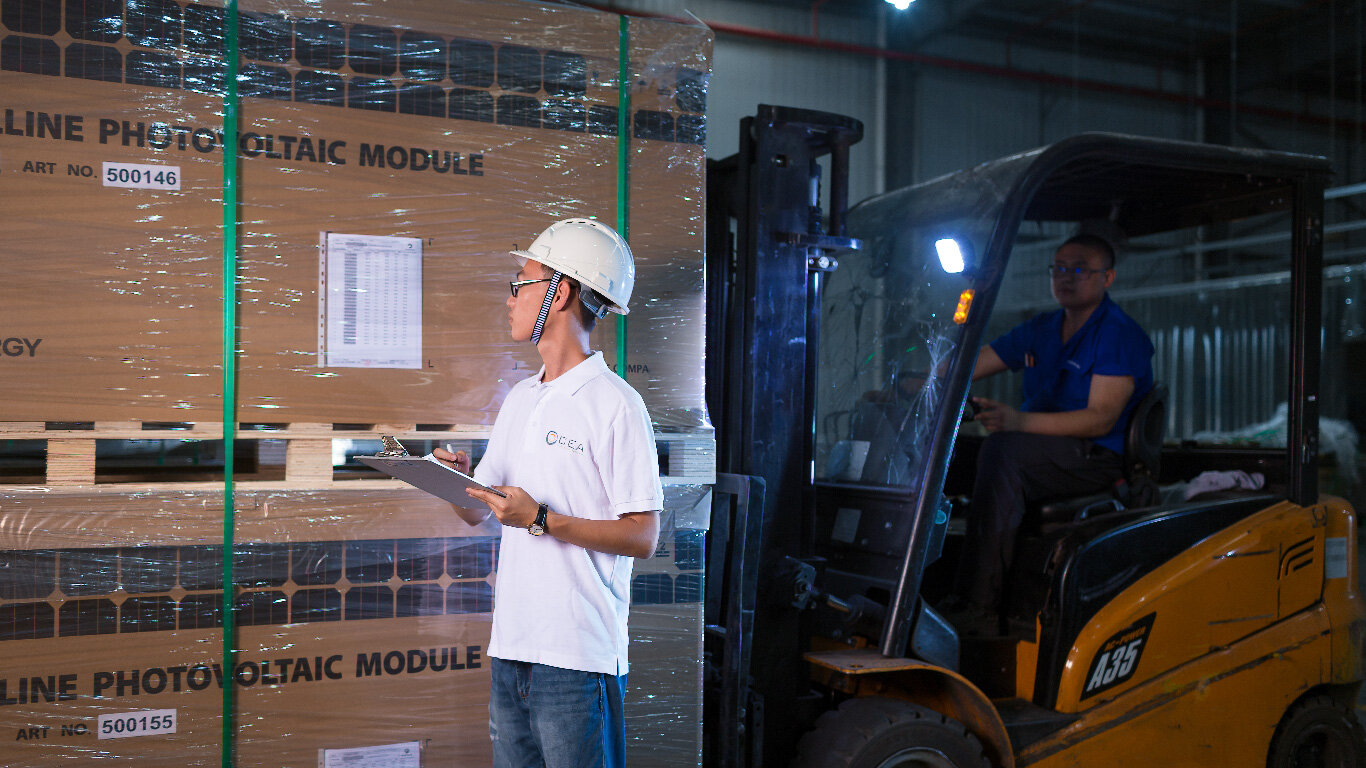/ SERVICES / QUALITY ASSURANCE
Quality Control and Testing for Solar Mounting Structures (Racking and Trackers)
Pre-Production Factory Audit and Document Review
CEA provides factory and technical document audits for solar racking and trackers to help clients reduce potential costs incurred from poor factory standards and document inaccuracies and mistakes.
Audits can identify the following issues:
Factory certification issues; (i.e. ISO, OHSAS, etc); this may result in unqualified final products and shipments rejected at Customs.
QAP nonconformance with the production and drawing requirements; this may negatively impact the functionality of the racking system.
Issues with internal QA records (e.g. incoming, in-process and final quality control), leading to the production of unqualified racking material.
Material certification non-conformance; this may result in incorrect raw materials used in production, resulting in both quality and legal issues.
Improperly conducted Type tests; this may impact the product performance and lifetime, especially for critical components (slew drive, actuator, motor).
Design drawing mistakes such as missing indexes or standards (i.e. tolerance, flatness, concentricity, perpendicularity, welding thickness, etc.); these can lead to low accuracy in the produces process.
Mislabeled installation steps, which may cause increased installation time and labor costs.
Inefficient layout of racking systems, which can result in waste of land and investment.
Non-synchronized version of BOM, installation manual and design drawing, which can lead to installation mistakes and delays.
In-Depth Full-Component Racking Production Process Monitoring
CEA’s inline production process monitoring identifies issues during the production of all racking / mounting structure components to proactively identify issues and reduce the likelihood of defects being shipped.
CEA engineers perform quality control and testing inspections during all key areas of the racking production process, including:
Incoming Quality Control (IQC): For each individual material, there must be IQC procedures according to specific sample sizes, inspection methods, and inspection tools for key parameters of materials.
Equipment Calibration: The equipment must be well calibrated, labelled and maintained, and personnel must be trained and qualified in order to maintain safe and orderly production.
Welding and Galvanization Inspections: Welding and galvanization are the most sensitive processes with the highest defect rates and require skilled workers conducting meticulous work. CEA’s strict inline monitoring and inspection will help ensure accurate technical handling over such critical processes.
Comprehensive Post-Production Inspection and Testing of Sample Lots
Defects are a regular occurrence during the production of racking products. While some defects are merely cosmetic, others pose safety risks and can negatively impact the overall performance and life of the finished products.
During pre-shipment final product inspections, CEA engineers perform relevant test inspections for a sampled lot of the finished product, according to a list of vetted quality criteria. Inspection of each piece is carried out in the sample lot to ensure conformance with the product specifications.
Lots that exceed the acceptable quality limit (AQL) may be rejected by CEA, re-worked by the supplier, and re-inspected by CEA under tightened inspected criteria. Lots that fail CEA’s re-inspection may be permanently rejected. The pre-shipment inspections include:
Visual inspection
Dimension inspection
Galvanization thickness measurement
Gauge inspection
Documents review
Container Loading Monitoring
Inadequate loading practices by the factory can result in damaged finished products either during loading of the containers or at some point during transportation. Further, finished products that were previously rejected by CEA or that were not inspected by a third party altogether may end up getting shipped without oversight.
CEA’s container loading monitoring oversees the loading of the finished product to ensure conformance with packaging and loading specifications and to ensure the boxes/pallets loaded into the shipping container come exclusively from the inspected and approved lots.
Our engineers confirm the final products are safely loaded without damage, secured, sealed, and accurately recorded on the Bill of Lading. CEA’s container loading monitoring reports include comprehensive details covering every container, seal, and pallet number with accompanying photos.
Logistics Management and Shipment Tracking
When working with overseas manufacturers on large PV projects, shipment and container tracking can quickly get complicated once the product has left the factory grounds.
CEA’s logistic management services help our customers capture baseline shipping schedules per the manufacturers and report on shipment progress to final destination on key milestones, including:
shipment content
date shipped from facility
onboarded to shipping mode
expected arrival at destination
customs cleared
picked up at port
actual arrival at destination





